Carbamic acid could have formed alongside stars and planets within interstellar ices and could have served as a molecular building block for complex amino acids. The researchers who conducted the work said the findings could be used to train instruments like the James Webb Space Telescope to search for prebiotic molecules in distant, star-forming regions of the universe.
Researchers have hypothesised that amino acids could have been carried to Earth by meteorites, but whereabouts in space and what kinds of conditions they might have formed in is still a mystery.
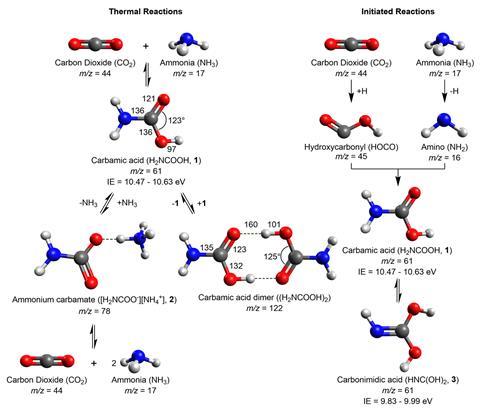
The research team created model interstellar ices containing ammonia and carbon dioxide, which were deposited onto a silver substrate and slowly heated. Using infrared spectroscopy, they found that carbamic acid (H2NCOOH) and ammonium carbamate ([H2NCOO–][NH4+]) started to form at 62K and 39K, respectively. These two chemicals can react further to form more complex molecules such as amino acids, meaning that interstellar space might have been a nursery for the formation of complex molecules.
The researchers believe that these low formation temperatures demonstrate that the molecules could have formed during the earliest, coldest stages of star formation.
They also found that at warmer temperatures, similar to those produced by a newly formed star, two carbamic acid molecules could dimerise. They hypothesised that these molecules could have been incorporated into the raw materials of solar systems and then delivered to the early Earth by comets or meteorites.
References
JH Marks et al, ACS Cent. Sci., 2023, DOI: 10.1021/acscentsci.3c01108





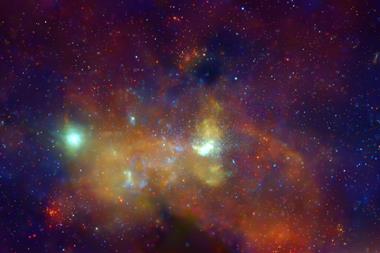
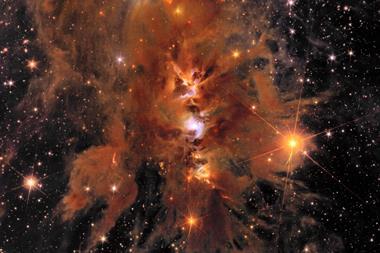
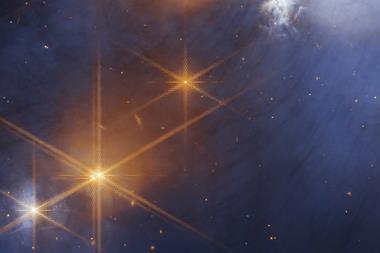

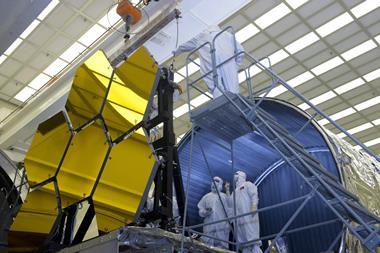
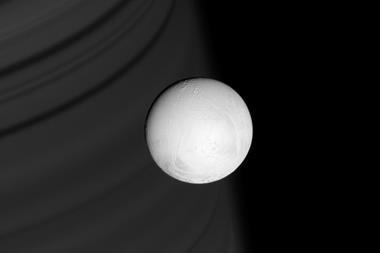






No comments yet